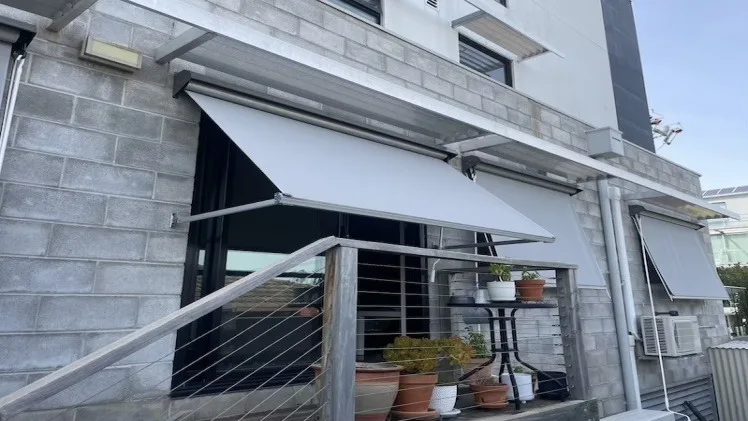There are many reasons to pick a small living space and garden these days. For some it’s the best option for their budget, while others prefer a minimalistic approach, without excess space that tempts them to fill it with ‘stuff’.
But now you have to optimise how you use those small areas. Did you know the right plants, different furniture or awnings Melbourne homes often have, can be the answer to this challenge? Even if you’re not an expert interior designer, if you simply avoid these common mistakes, you’ll love your tiny space even more.
Table of Contents
Not Giving Areas More than One Purpose
Making the most of a tiny space requires some creativity, so don’t simply use areas the same way previous residents did.
A quick search online will show you innovative furniture that can serve more than one purpose:
- Coffee tables serving as storage
- Sofas that turn into beds, so your lounge can also be a second bedroom
- Dining tables appropriate as office space, so you can easily convert it to a home office setting
Also, consider dual-function approaches in the garden!
The area where you line up your flower pots can be a comfortable seating area if you simply install folding arm awnings Melbourne homeowners often use.
Not Using Collapsible Features
As is the case with certain awnings, some home installations can collapse. This gives you the option of when and how you want to use it. For example:
- Washing lines
- Storage boxes
- Laundry baskets
- Fire pits
- Wardrobes
These make for better use of the limited space you have.
A flower box is a decorative container used to cultivate and display a variety of beautiful flowers.
Buying Plants Without Considering Size
An easy way to make your outside area look cramped is to fill it up with large plants. Of course, you may buy them while they’re small, but did you research how large they can grow?
Rather keep to smaller types of plants and place trees in smaller containers. Because the development of their roots determine trees’ size, you can easily limit their growth by using the right sized pots.
Having Too Many Accessories
For both interior and exterior spaces, don’t add too many items. You may want to display your antique figurines, garden gnomes or a collection of scatter cushions, but they can easily make a space seem cluttered and smaller than it really is.
Picking Out Oversized Décor and Furniture
Another approach that could have you feeling claustrophobic in your own home is buying huge pieces of furniture. Even if you pick out simple designs, they can still use up too much valuable floor space and create a cluttered feel.
Neglecting to Put Storage on Your Priority List
As mentioned, clutter can affect how you experience a certain space. For this reason, having storage to put items out of view is a smart tactic.
For small spaces you need to find innovative ways to create storage without using up too much floor space. Dual-purpose furniture, as mentioned above, is one way to approach this but also implement these tactics:
- Adding shelving in areas you can’t really use for anything else, such as above entry ways.
- Racks on the inside of cupboard doors.
- Hanging items, such as plants, from the roof.
Not Making Use of Vertical Space
We already mentioned a few smart ideas for using vertical space, such as shelving high up on a wall or a hanging plant. Especially in small homes, planning should be about optimal use of the floor, but also the vertical space. Some more ideas:
- Add greenery to a pergola rather than adding another flowerpot.
- Create a wall herb garden instead of having multiple pots on your kitchen windowsill.
- Install a loft bed so you can use the room for more than sleeping.
Having Clutter Instead of One Focal Point
You may have a cluttered feel, even if you have minimal items on display. An easy way to create a more organised look is to create a focal point in the room. A piece of art or a fireplace works well but it can also be a statement piece sofa.
Forgetting to Plan Lighting from the Get Go
You can have the ideal furniture and décor, but light plays a primary role in how you experience a certain space:
- If there’s not a lot of light, a space will feel gloomy.
- The more light you have, the more spacious it can feel.
- With minimal light entering a space, there’s not a lot of it that can be reflected off other surfaces to make it seem brighter and airier.
- If there’s no source to direct light at the focal point in the room, the effect you’re trying to create won’t work.
So, along with all the plans you make based on our tips, do consider how light can complement that strategy.
Ready to Style Like a Pro?
It’s always helpful to get a professional to help you plan and decorate your home. However, there’s a lot you can get right yourself! Implement these tips, take a step back and see if your small home or garden feels and works better than before.
If you have more tips (or questions), please share them in the comments section.



